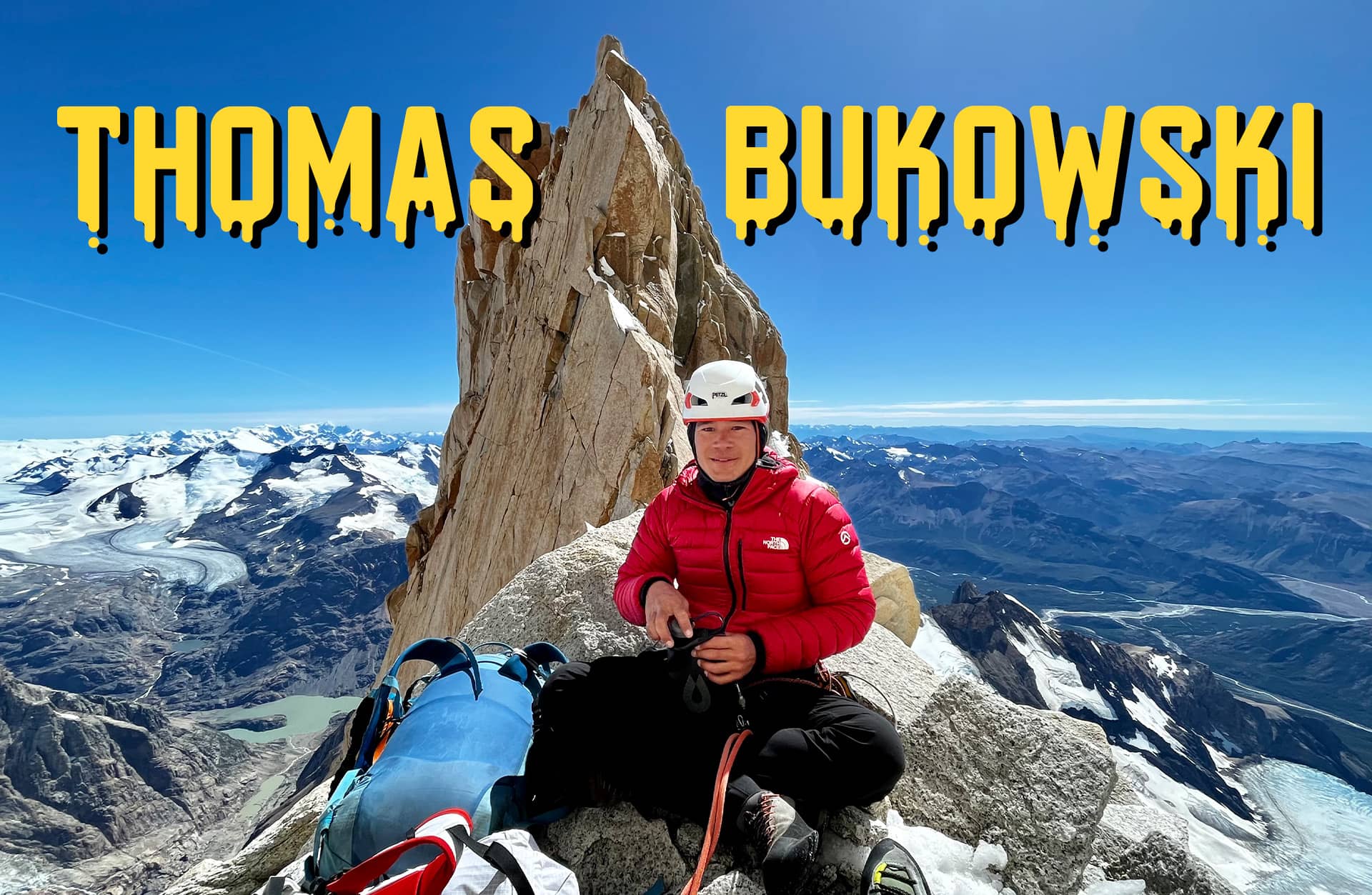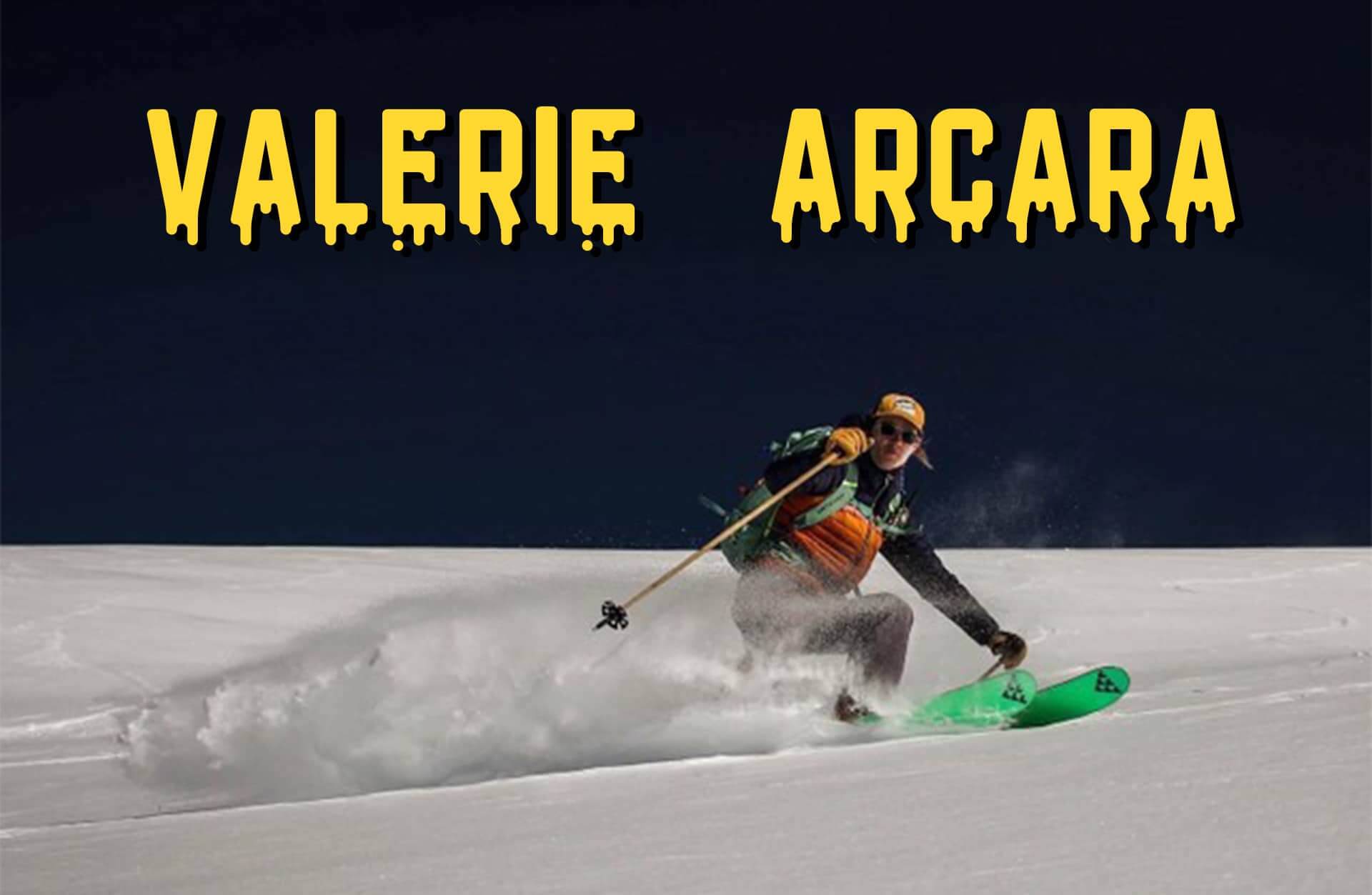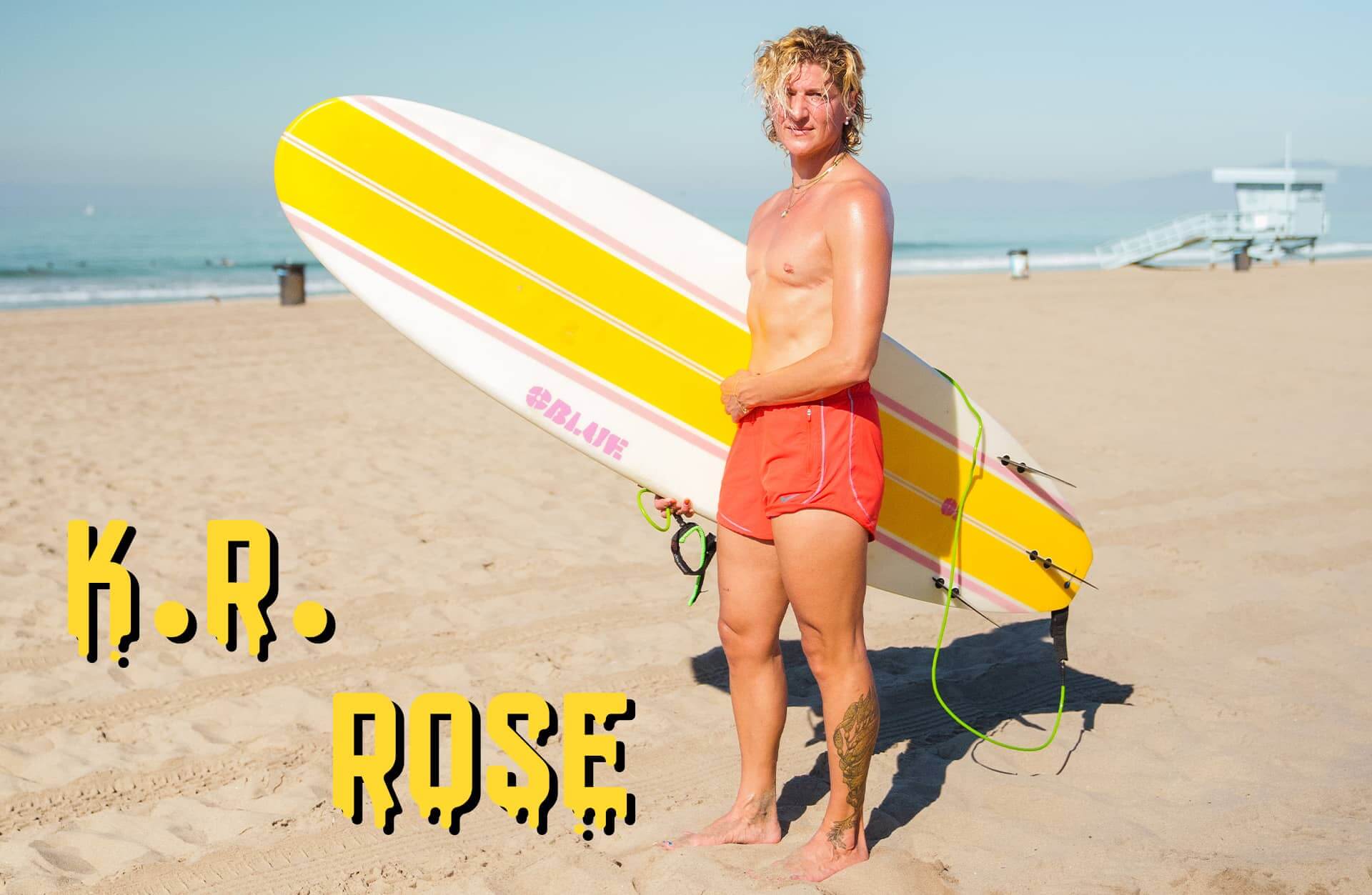CLIMB // 01 SEP 2023
QUEER CLIMBER'S NETWORK
“I have a photo of me as a toddler next to this transportable rock wall and I’m just not about it,” laughed trans climber Cat Runner, the inaugural winner of HBO’s reality competition ‘The Climb’. The competition presented a variety of challenges, but standing at 5ft (152.4cm), Runner is no stranger to finding creative solutions to difficult problems when it comes to climbing. It is his ability to think outside the beta in combination with the resources through his victory that led to the creation of Runner’s current project, The Queer Climber’s Network.
While the transportable rock wall didn’t capture his interest as a toddler, climbing has always been a part of the born and raised Louisvillian’s life. “I grew up climbing trees, but also I’m very short,” he explained. “I had to do a high step mantle to get stuff off the top shelf [as a kid], and it was easier than getting a step stool.”
Runner laughed, “One of the reasons I can mantle so well is because I’ve spent my entire life doing it, I’ve never stopped having to get on top of things. There was never a time in my life where I didn’t feel like that was the easiest option to get what I needed.”
The eventual transition from cabinetry to cruxes came in the form of a 4th grade birthday party at the local climbing gym. “My mom could tell that I was really into it,” grinned Runner. “This was when our mall had a rock wall and I really enjoyed that, but that was the only place that we knew about. Then we went to a birthday party at this gym and found out there was a youth program.”
For the rest of 4th and 5th grade, Runner’s Friday nights were spent bat hanging with the other kids in the climbing club. He progressed quickly, but as he entered middle school and time became scarce, Runner prioritized scholastic sports, especially basketball. “I wasn’t like a star player or anything. I just enjoyed playing,” he shrugged.
In the background of his childhood, Runner knew that the way he related to his gender didn’t quite match up with the girls around him on the court and on the rock climbing wall. “I was very adamant about things that I believed in and things that felt right to me. A lot of that stood with my gender expression. Using the language that I had at the time,” he explained. Upon enrolling in high school, the concept of being trans entered Runner’s orbit. Figuring out his gender, in combination with an intense academic schedule, left him with little time and as Runner said, put a “a complete full stop on organized sports”.
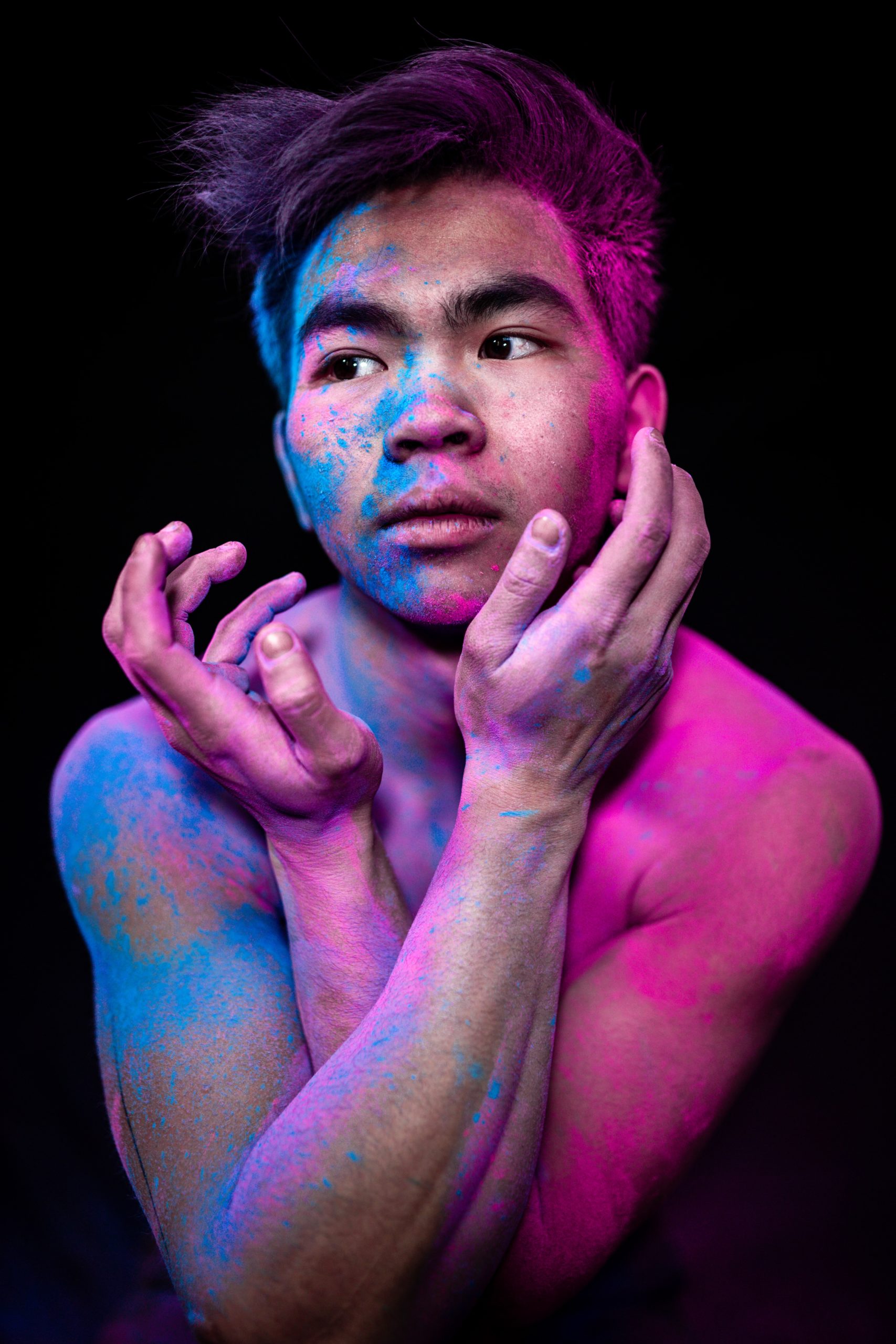
The demanding academics of Runner’s school quickly turned toxic, taking a toll on his mental health. So, post sophomore year, Runner pulled a double transition by changing schools and at the same time socially transitioning to a trans man. In a fresh environment, with fresh pronouns, and a new healthy work/life balance, Runner was free to just be a teen.
With more freetime at his disposal, Runner looked into rejoining some of the scholastic sports he’d enjoyed in his youth. Especially since his new school required an athletic credit to graduate. However, with an impending top surgery date, followed by a series of roadblocks thrown up by the Kentucky High School Athletic Association (KHSAA), Runner had precisely zero options. In particular, the KHSAA informed Runner that if he wanted to participate in his sport of choice, at that time bowling, he would be allowed to practice with the boys team, but required to compete with the girls team.
Runner’s parents and the school administration did not like this answer. So, they began their battle in the treacherous territory of email, fighting against the policies set on invalidating Runner’s identity. And eventually, they did succeed. However, because the process took over a year, Runner received the good news that he would be allowed to compete with the boys team when he was over half way done with his senior year and unable to participate. But these efforts were not in vain as Runner smiled, “It was really helpful to know that I do have a strong support system behind me. That people cared enough to put in this additional work and really push for me to be able to participate in the school community.”
At the same time, going into his senior year, Runner had recovered from his top surgery. Filled with gender euphoria and post-op restlessness, he was extra eager to do something active. Plus he still needed that athletic credit while bowling stewed on the backburner. So, he and his friend decided to check out the new climbing gym.
Back on the wall, Runner quickly rediscovered his passion for climbing. “I never fell out of love with climbing. I never didn’t like it. I’ve always enjoyed it,” explained Runner. “The accessibility of it just really changed. Climbing those first couple of sessions, I remembered why I enjoyed it so much. Climbing is a hard thing to do. When it changes from just recreational climbing to wanting to push performance, you do have to receive some sort of satisfaction from [overcoming those challenges]. In order to work toward that satisfaction, your intentions toward [climbing] have to change.” In other words, Runner was hooked.
At climbing gyms, routes are typically set with the average height of a white cis male in mind, about 5’10 (177.8 cm). For climbers under 5’5 (165.1 cm), this can be an issue. Moves that were meant to be an easy transition become markedly more difficult when a hold is several inches out of reach, no matter which way the climber drops their knee. Standing at 5ft even, Runner is all too familiar with these challenges. “I feel like every [indoor competition] I do, I get pretty hosed on my height if different body types aren’t taken into consideration,” he explained. “So, I do comps for fun but I don’t ever really take them super seriously, at least for my climbing performance. Because, [for example], if I’m in a final with someone who’s 6’4, it is really hard for a setter to find the balance of how to set for that.”
While this disparity in height is frustrating, it has trained Runner in perhaps the most important skill of climbing, creative problem solving. It was this expertise in tandem with his strong climbing that guided him to victory on HBO’s rock climbing reality show, ‘The Climb’.
‘The Climb’ is an 8-episode series that invited ten climbers to go head-to-head in an around the world competition to determine who is the best amateur climber in the world. The project garnered a lot of attention from the climbing community and Runner was no exception. “It wasn’t this super secretive thing. The climbing community knew that it was happening and stuff was going around,” he said. “When I ended up seeing the actual casting call with a link, I decided to just throw my hat in the ring because why not?”
He continued, “Also I am in this position where if you are a part of a marginalized community, you’re very aware of the underrepresentation, omission and sometimes intentional erasure. I wanted to give them the chance to make it diverse, to not make this another white man show. That was a lot of my motivation. I really wanted that representation because I knew it’d be important and I knew it would benefit a lot of trans people, especially with our current political climate right now.”
“We really just need more representation, more stories to humanize us and not just be flooded by these caricatures of how media has historically portrayed us in the past,” he said, pointing to GLAAD’s 2022 Studio Responsibility Index, where upon reviewing 77 theatrically released films by major studios, one trans character was featured. Given that 80% of Americans do not personally know a trans person, that singular minor role may have been their only positive exposure to the trans community that year. Along with serving as a point of education for those unfamiliar with the trans experience, Runner hoped his presence could serve as a point of inspiration for other trans folks interested in, but afraid to breach the climbing community. “Because as humans, the social creatures we are, we learn by following one another and leading by example. It can be very hard if you don’t see it. Can you believe it? Can you even imagine that for yourself?”
Upon his acceptance to the competition, Runner was filled with equal parts excitement and worry. Asking: Am I going to be alone?
“Frankly, I tick a lot of boxes on the diversity checklist,” said Runner. “So there’s always that wonder, are you going to be ‘The Diversity’? I was really psyched to find out that that wasn’t the case, that they casted [the show] really well. It felt like a really good amount of diverse representation, pretty even on gender and people of color versus white people.”
Bouncing around the globe, ‘The Climb’ was Runner’s first experience traveling internationally for climbing. His home crag, the Red River Gorge, is a climbing mecca in its own right. But driving along what was once the bottom of the ocean in the deserts of Jordan or pulling up beside the gray and orange limestone of Siurana never failed to steal Runner’s breath away. “When we were driving, we all had our faces plastered against the windows, like, look at all the rock!” laughed Runner.
He continued, “I definitely felt gatekept from traveling for climbing for a really long time. I felt like I couldn’t travel unless I climbed a certain grade because there wouldn’t be anything for me to climb or it wouldn’t be worth the trip. And that’s completely false. [All of the competitors] are very talented climbers, but we’re all also very ordinary. All of the stuff that we were [climbing in the show], I think a majority of climbers can look at it and be like, oh, I can go there, I can go climb that too.”
Though his height can be a problem in gym competitions, there is no route setter in mother nature. At home in a completely outdoor competition, Runner flexed his creative problem solving skills and in the end went home with a treasure trove of priceless memories, a $100,000 USD cash prize, and sponsorship with Prana. The participants were not made aware of the prizes until the start of the competition. So, when he returned home, Runner had a bigger financial cushion than he expected. With this support Runner dove into his current project. The Queer Climbers Network.
As the name suggests, The Queer Climbers Network is “a database of all things queer climbing”. And when Runner said all things, he meant all things. The site hosts information about various queer climbing groups, queer coaches, queer photographers, queer filmmakers, queer guides, scholarship opportunities, even a guide for climbers looking to start their own club. It is a wealth of information for climbers of every level within the queer community.
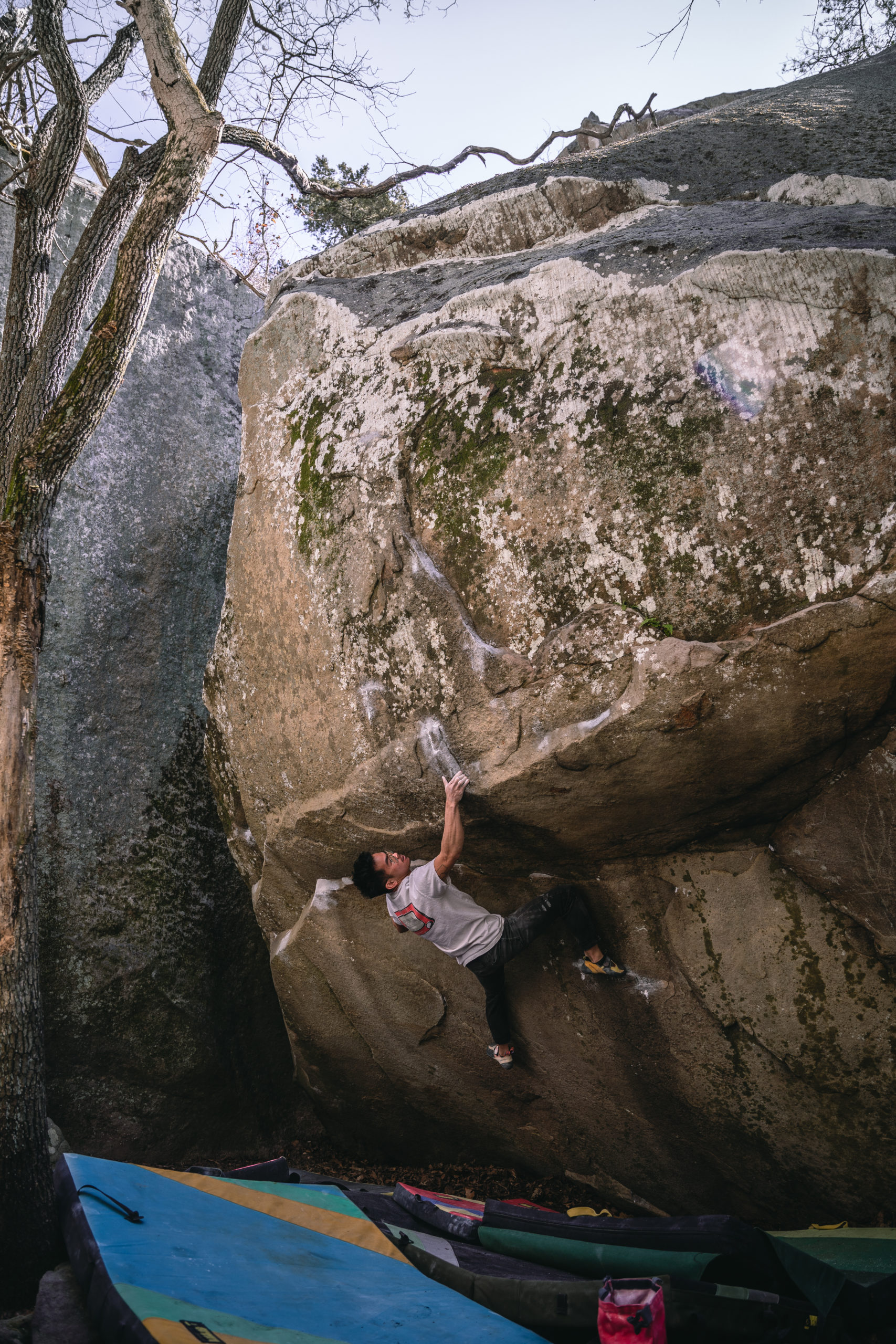
“I’ve always had an idea about wanting to organize my local queer climbing community,” said Runner. “[The idea] evolved into this database because something like that didn’t exist and it was something that I wanted. When people ask what motivated me to do this, there is a level of selfishness to it because I’m creating what I want. And I know that if I want this, then probably someone else wants it too and hopefully we create something that [even more people] can benefit from.”
“There’s a local side of what we do too,” he continued. “Which is the local programming through our gym, [like] meetups. Then on a global front, that’s where the database comes in. I’m trying to build this massive hub of information [because] there are a lot of already established groups out there doing a whole bunch of work. So, rather than coming in and trying to create something in a community that I’m not a part of, let’s create this network of information of who’s doing what.”
This ease of connection is particularly valuable in parts of the States where the queer community isn’t as readily apparent. It gives climbers in the Midwest and South a chance to climb in a safe and supportive environment. Runner explained, “I was just out at Smith Rock for Out in the Wild Fest, and on the way home I stopped at Ten Sleep. I spent 8 hours in Ten Sleep and then decided to leave. [Internally,] I was like, you want to climb here, but I wasn’t with the people that I like to climb with.”
“And I’m not personally one of those people who can just climb with anybody. I think that if you are one of those people, that is a privilege. You can feel so confident in yourself and your own safety. Climbing with random people if you are a person of color, a woman, trans or queer, [you have to ask yourself,] are you safe to climb and be with these people? Because maybe they’re cool to hang around with for a little bit, but you need more than just climbing to make that relationship work.”
By increasing accessibility on both a local and global front, Runner has created countless opportunities for queer folks to find community and joy within climbing. Motivated by that joy, he continues to work and improve the site. From collecting self-submitted data to further expand the database, to puzzling away at improving user interface.
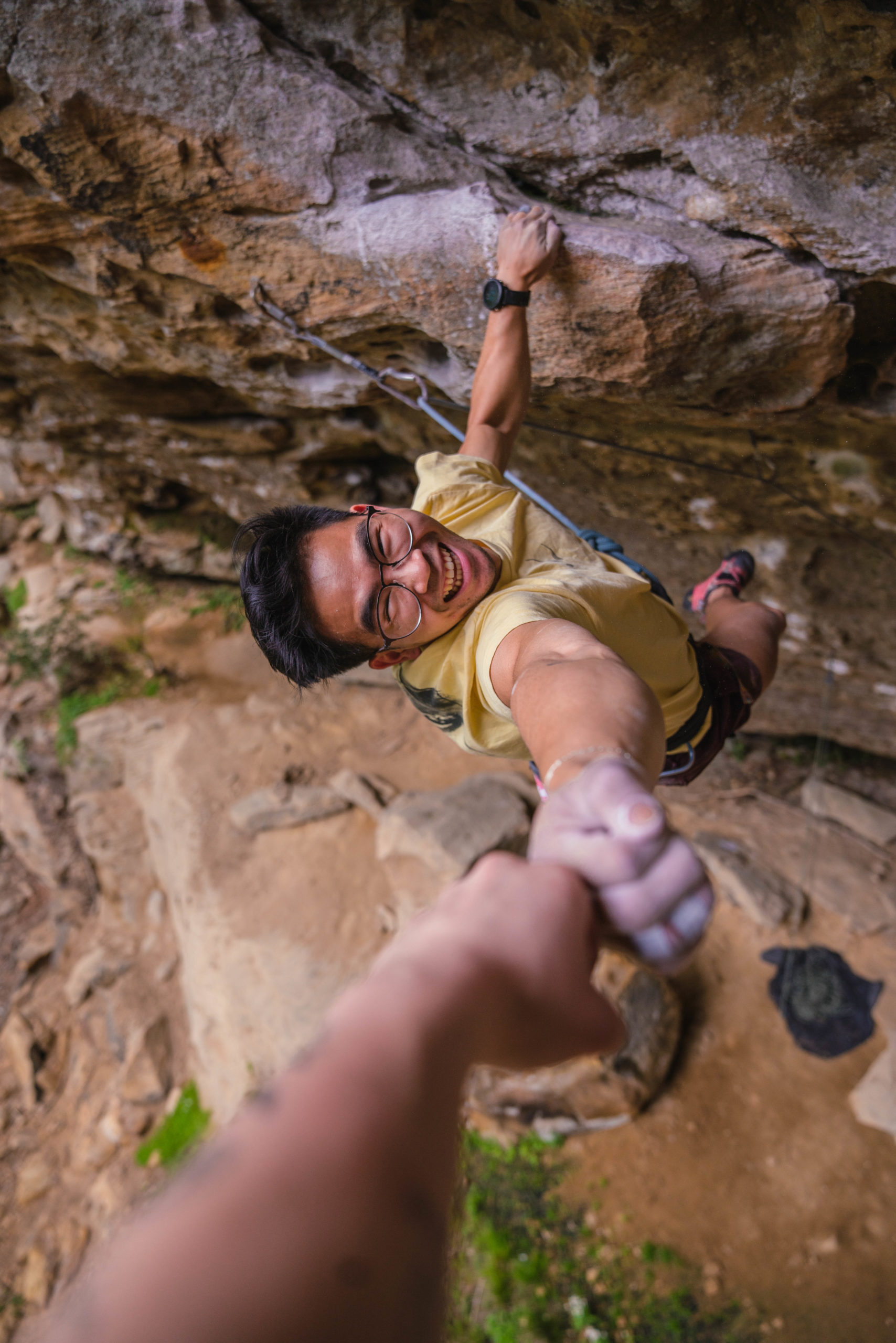
However, post competition is not all work, no play. With plans to travel to the Rocklands in South Africa with his same friend he climbed with in high school, Runner continues his own climbing journey. “I think personally, I have accomplished everything at this point that I ever could have imagined to accomplish,” he laughed. “That doesn’t mean I’m not going to continue pushing personal limits. There’s just no impending motive to succeed in [pushing grade while climbing]. There’s nothing in me that’s motivated to train for 15a. I just know I would not have fun diving into the process and training it takes to do that. And if I do eventually push 14b, it’ll be a very organic training and growth. With this Rocklands trip coming up, I’ve made a list of things that look interesting, but overall, I’m going with a really good group of people. I want to have fun and sample a lot, rather than going and projecting three things for three weeks.”
Given the chance of a lifetime, Runner immediately grabbed opportunity by the reins and steered it in the direction where he could make his community a better place. From taking on the responsibility of representing the trans experience to a nationwide climbing enthusiast audience, to creating a pay-it-forward program at his local gym, Runner is transforming the future of queer climbers everywhere.
“The future that I see, the future that I want and the future that I think most people want for the climbing community, is a future where people do not feel like they need to attend via an affinity group to come into the space,” Runner explained. “I think affinity groups will have a place, but because they will serve as just a smaller community within a larger community. I know the situation now is that a lot of people feel that for their safety and comfort, the only time that they’re able to come into this space is when they have the protectiveness of an affinity group. I would like to see enough education and enough growth [in the climbing community] that people can come into the space outside of the affinity groups and feel like they belong.”


